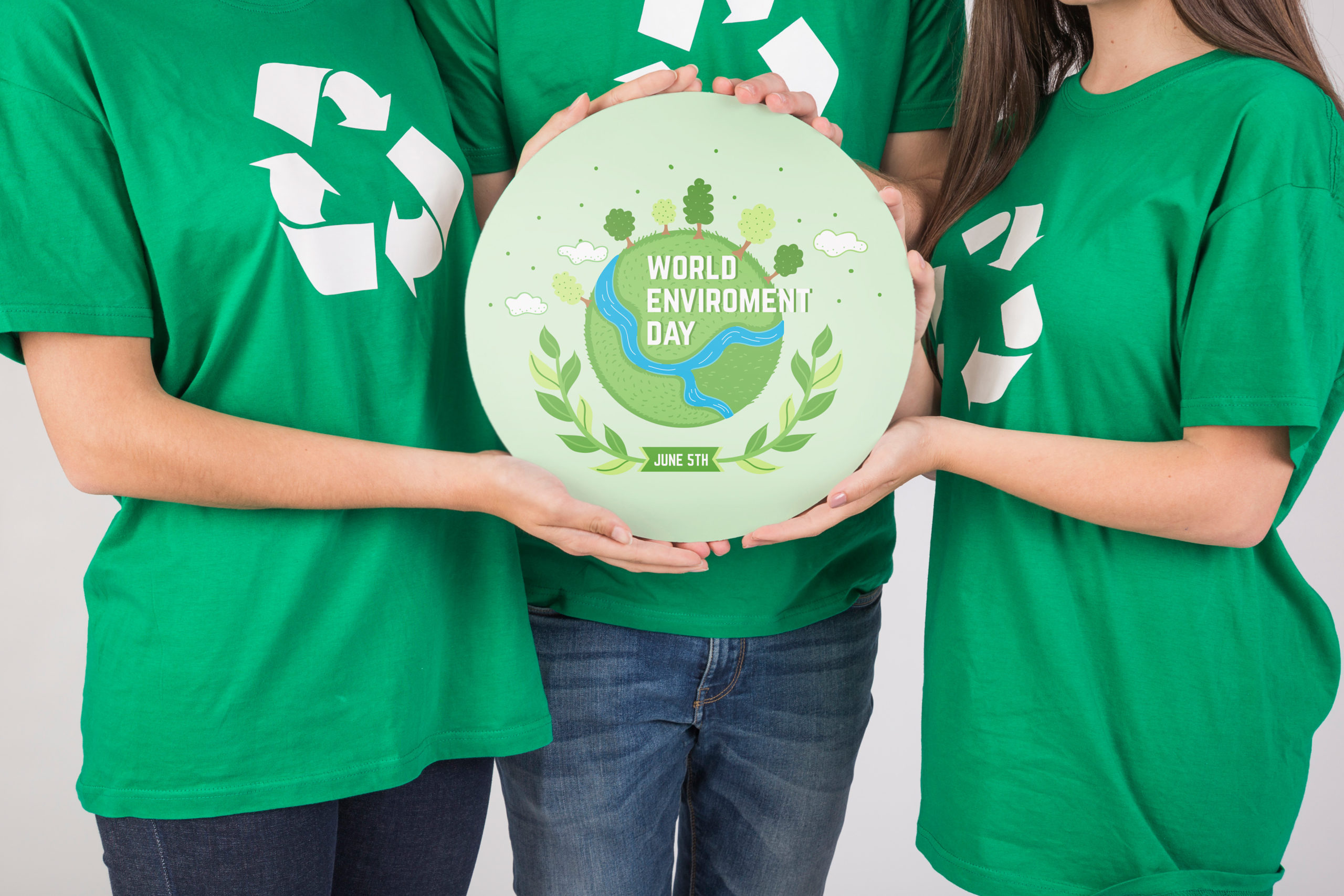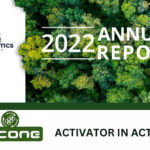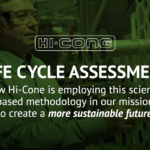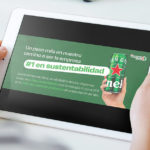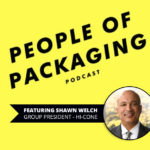Recycling for World Environment Day By Jennifer Perr, Hi-Cone Director of Sustainability
For most people, recycling is now a regular activity – something they do when they dispose of used packaging or get rid of something they no longer need. Education on the importance of recycling has created a momentum which can now be capitalized upon with further guidance on what can be recycled, and how. By working together, manufacturers, policy makers, enterprise and individuals can promote an even more sustainable future, and a circular economy in which the entire lifecycle of products is considered.
According to recent findings, nine out of ten (91%) of adults surveyed believe recycling plastic is beneficial to the environment, while 75% regularly recycle at home. This is incredibly encouraging – a strong foundation to build on – and a clear demonstration that society is moving away from a single-use outlook in which products are created, used and disposed of, in favor of sustainability.
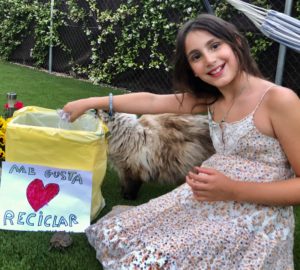
An appetite for recycling
This appetite for recycling creates the right conditions for industry to work with communities and consumers to meet the goal of minimizing the impact of plastics on our environment, while maximizing plastic recycling.
While there is work still to be done, over a third (34%) of participants in our survey thought that they recycle all the plastic waste they possibly could. That, of course, still leaves considerable room for improvement but a clue as to why this figure isn’t higher is found from 80% of those who don’t recycle all plastic, who said they would do so more frequently if they had more facilities and/or guidance.
Clear and simple guidance is essential for consumers to be able to have confidence in recycling processes and to recycle to the extent they want to. Through education, consumers can more fully understand which plastics can be recycled and where, something which will not only help increase recycling rates but also ensure the right type of waste enters recycling processes to reduce inefficiency and maximize output. Education around the suitability of different materials for recycling will also equip consumers to make informed decisions on the products they buy, consume and dispose of.
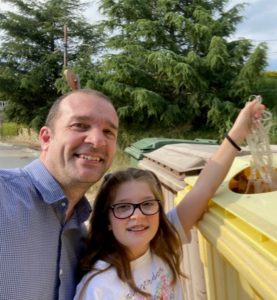
Sustainable product lifecycles
Manufacturers in turn must continue to ensure they prioritize sustainability and environmental measures. They can seek to do this in a number of ways, including through an increase in the percentage of recycled materials in their products and by introducing programs for materials excluded from community recycling initiatives.
Manufacturers should also commit to regularly assessing the lifecycle of their materials – from ‘cradle-to-grave’. There is an environmental consideration for all materials, not just in how they are disposed of but also in how they are manufactured, with carbon emissions and energy consumption all contributing to total impact. Lifecycle assessments should therefore inform decisions around not only the sustainability of materials used in the manufacturing process, but also the use of resources (water, fuels etc.) and production of emissions.
Continuing efforts by governments and local authorities can improve recycling infrastructure to support community recycling. This is aided by initiatives from waste management companies like TerraCycle® to collect waste not currently recycled and turn it into a valuable resource.
As part of a collective effort to end plastic waste and promote sustainability in manufacturing, production and consumption, recycling initiatives have a good foundation to build on. To accelerate towards the next stage of progress, education and infrastructure must support good intentions around recycling and in this, consumers, policy makers and manufacturers all have a role to play.
To find out how to recycle Hi-Cone’s plastic ring carriers, visit www.ringrecycleme.com, an international recycling program.
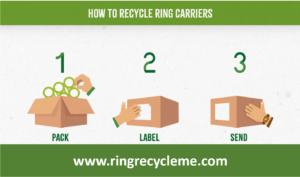
About the Author
 Jennifer Perr is the Global Sustainability Director at Hi-Cone. In this role, she collaborates with the entire value chain to both build and educate key stakeholders about the circular economy. She also leads Hi-Cone’s Vision 2025 team, focused on developing new multi-packaging solutions that continue Hi-Cone’s long history of packaging with positive end-of-life outcomes and that uphold Hi-Cone’s commitment to minimal environmental impact.
Jennifer Perr is the Global Sustainability Director at Hi-Cone. In this role, she collaborates with the entire value chain to both build and educate key stakeholders about the circular economy. She also leads Hi-Cone’s Vision 2025 team, focused on developing new multi-packaging solutions that continue Hi-Cone’s long history of packaging with positive end-of-life outcomes and that uphold Hi-Cone’s commitment to minimal environmental impact.

